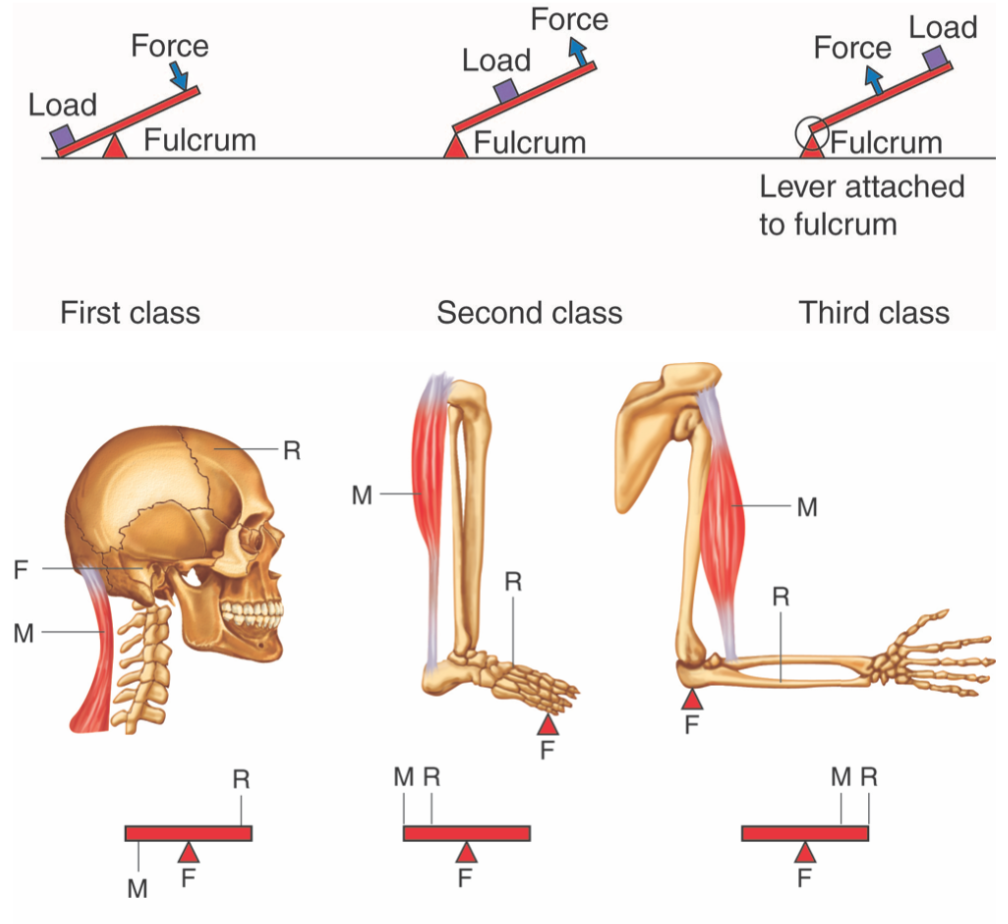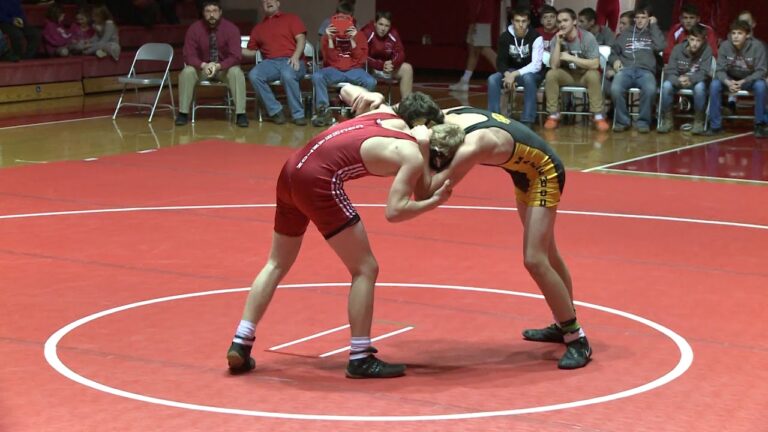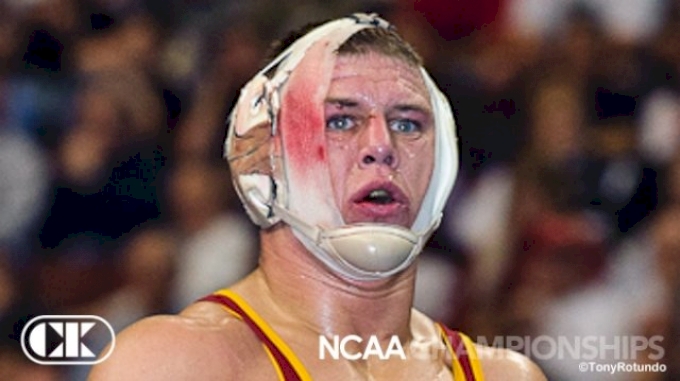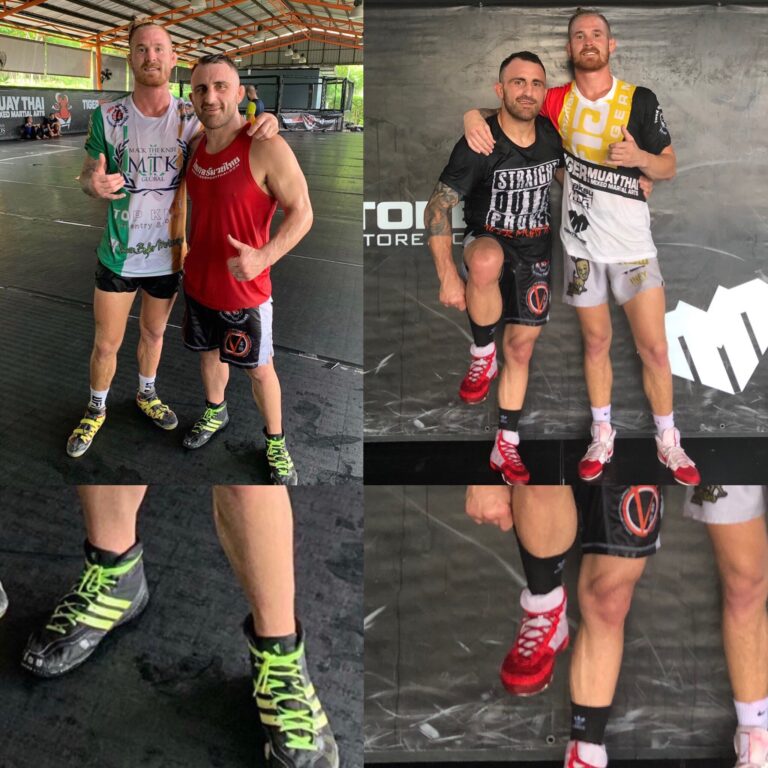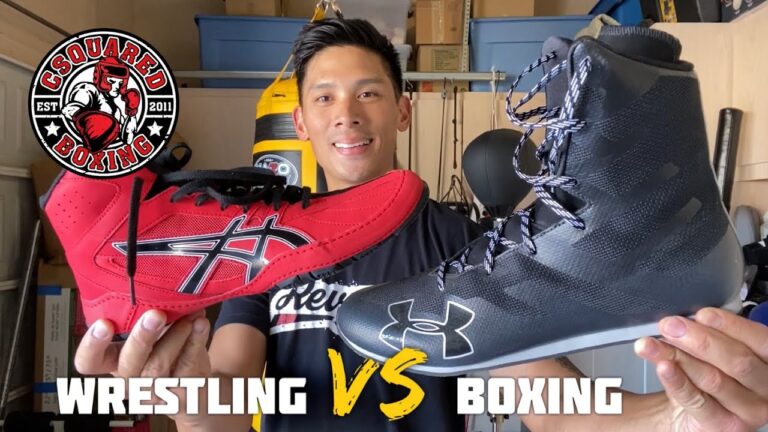What Muscles are Used in Arm Wrestling: Ultimate Guide
Arm wrestling primarily engages the biceps, forearms, and shoulders. The pectoral muscles and wrist flexors also play crucial roles.
Arm wrestling, a test of strength and technique, is more than just pushing your opponent’s arm down. It’s a complex sport that requires not only raw power but also strategy and skill. Engaging multiple muscle groups, arm wrestling demands excellent upper body strength, focusing on the biceps for pulling power, the forearms for grip and control, and the shoulders for overall stability.
The pectoral muscles contribute to pushing strength, while the wrist flexors are essential for maintaining a solid grip and wrist position. This combination of muscle engagement makes arm wrestling a comprehensive workout that challenges various aspects of physical fitness, from strength to endurance and technique. Whether you’re a professional arm wrestler or just enjoy the occasional match with friends, understanding the muscles involved can help improve your performance and prevent injury.
Introduction To Arm Wrestling
Introduction to Arm Wrestling uncovers the fascinating blend of strength, strategy, and skill. This sport tests both physical and mental prowess, engaging an array of muscles for a show of power and technique. Here we dive into the sport’s exciting world, its widespread appeal, and the basic guidelines participants follow.
The Sport’s Popularity
Arm wrestling is a universal display of strength, enjoyed globally. It transcends age and culture, attracting enthusiasts from all walks of life. Its simplicity allows for spontaneous matches, yet professional circuits showcase the sport’s serious competitive edge. Arm wrestling’s charm lies in its blend of raw power and tactical execution, making it a favorite at gatherings and international competitions alike.
Basic Rules And Techniques
To win in arm wrestling, competitors must pin their opponent’s arm on the surface. The match begins with arms positioned at the center of the table, gripped hands at the ready. Proper form is crucial – elbows must stay on the pads, and the shoulders square to the table. Key techniques include the ‘hook’, ‘top-roll’, and ‘press’, each employing different muscle groups for strategic advantage. Mastery of these moves can turn the tide in any match, highlighting the sport’s depth beyond mere strength.
| Technique | Main Muscles Used |
|---|---|
| Hook | Biceps, Forearms |
| Top-Roll | Wrist Extensors, Shoulders |
| Press | Pectorals, Deltoids |
Primary Muscles Engaged In Arm Wrestling
Arm wrestling tests strength and technique. It requires power from several muscle groups. Understanding these muscles can improve performance. Below, we explore the main muscles used in arm wrestling.
Brachialis And Biceps Brachii
The brachialis muscle lies beneath the biceps. It plays a vital role in arm wrestling. It lifts the ulna as you bend your elbow.
Biceps brachii is the prominent muscle in the upper arm. It helps rotate the forearm and flex the elbow. Strong biceps are crucial for arm wrestling success.
Forearm Flexors And Extensors
Forearm muscles control wrist and hand movement. The forearm flexors are on the inside of the forearm. They curl the wrist toward the body.
The forearm extensors are on the outside. They straighten the wrist. Both flexors and extensors stabilize the wrist during arm wrestling.
Supporting Muscles In Arm Wrestling
Arm wrestling challenges more than just arm muscles. It tests the strength of several supporting muscles too. Understand these muscles to improve arm wrestling skills.
Shoulder Muscles
In arm wrestling, shoulder muscles stabilize your arm. They consist of:
- Deltoids: Enable arm rotation and control.
- Rotator cuff: Supports shoulder joint movements.
Pectoralis Major
The pectoralis major muscle is crucial for pushing movements. It works during arm wrestling to:
- Drive the opponent’s arm down.
- Stabilize the shoulder joint.
Latissimus Dorsi
The latissimus dorsi muscle extends the shoulder. It helps to:
- Pull the opponent’s arm toward you.
- Keep a strong arm position.
The Role Of Grip Strength
Grip strength plays a pivotal role in arm wrestling, engaging various muscles for optimum performance. Key players include the forearm flexors, biceps, and deltoids, essential for power and control during the match.
Grip strength plays a pivotal role in arm wrestling. It is the foundation for a solid arm wrestle match. A strong grip can overpower an opponent, even with equal arm strength. Wrestlers focus on enhancing their grip to gain an upper hand.
Improving Your Grip
To improve grip, start with everyday activities. Carry groceries with your fingers instead of your palm. Use a stress ball frequently. These simple tasks can make your grip firmer over time.
Exercises For Stronger Grip
Specific exercises target grip strength. Incorporate these into your routine:
- Dead Hangs: Hang from a pull-up bar. Hold as long as possible.
- Farmers Walk: Carry heavy weights in each hand. Walk a set distance.
- Wrist Curls: Use a dumbbell. Curl your wrist up and down.
Use a grip strengthener tool. Squeeze it repeatedly. Do this several times a week. You will see improvements in your grip.
Practice arm wrestling with different grips. This will train your hand muscles. It will also improve your technique.
Remember, consistency is key in building a stronger grip. Train regularly and you will become a formidable arm wrestler.
Technique Versus Strength
Arm wrestling pits two competitors in a battle of brawn and brains. The common belief is that pure strength reigns supreme. Yet, technique plays a crucial role in tipping the scales. Let’s delve into the dynamics of arm wrestling and understand what really powers a win.
The Importance Of Technique
Winning at arm wrestling isn’t just about having stronger muscles. Skilled contenders know that proper technique can outmaneuver raw power. They use specific moves to enhance their chances of pinning the opponent’s arm.
- Effective hand grip
- Strategic arm positioning
- Timing of movements
Leverage And Positioning
Leverage is key in arm wrestling. It’s about making the most of your arm’s position. Proper leverage can multiply the force you exert without needing more muscle power.
Positioning also matters. The way you angle your wrist, align your elbow, and position your shoulder can all impact your leverage. This can make your arm feel heavier to the opponent.
| Technique | Benefit |
|---|---|
| Wrist curl | Increases grip control |
| Elbow alignment | Maximizes force application |
| Shoulder positioning | Stabilizes your arm |

Credit: m.youtube.com
Training For Arm Wrestling
Arm wrestling demands strength, technique, and endurance. Training for this sport involves targeted exercises and overall fitness. A well-rounded regimen will enhance performance and reduce injury risks. Let’s dive into specific exercises and general conditioning tips.
Specific Exercises
Building muscle for arm wrestling focuses on the arms, shoulders, chest, and back. Use these exercises to gain an edge:
- Wrist Curls: Grow wrist and forearm strength.
- Hammer Curls: Bolster biceps and forearms.
- Reverse Curls: Target forearms and grip.
- Shoulder Press: Build shoulder and triceps power.
- Rows: Strengthen your back and improve leverage.
Include arm wrestling-specific movements, like pulling exercises, to mimic the real challenge. Practice with a partner or use resistance bands for the best results.
General Fitness And Conditioning
A strong core and cardiovascular health are vital for arm wrestlers. They support endurance and stability during matches. Focus on:
- Planks: Solidify core muscles.
- Deadlifts: Engage back and increase overall strength.
- Cardio: Running or cycling boosts heart health.
Maintain a balanced diet to fuel your workouts. Stay hydrated and get plenty of rest for muscle recovery.
Training consistently will prepare your body for the demands of arm wrestling. Combine these exercises with proper technique to dominate at the table.
Injury Prevention And Recovery
Arm wrestling demands intense muscle engagement. This can lead to injuries. Understanding what muscles are used is key. Proper injury prevention and recovery are vital. This ensures safety and longevity in the sport.
Common Arm Wrestling Injuries
Injuries can occur during arm wrestling. The most common include:
- Elbow strains: Overuse of arm muscles can strain the elbow.
- Wrist sprains: A sudden twist may sprain the wrist.
- Shoulder injuries: Intense pressure can injure the shoulder.
- Tendon tears: Excessive force can tear tendons.
Recovery Techniques
Recovery is crucial for maintaining muscle health. Techniques include:
- Rest: Give muscles time to heal.
- Cold therapy: Ice packs reduce swelling and pain.
- Compression: Wraps can support injured areas.
- Elevation: Raising the limb reduces swelling.
Physical therapy can also aid recovery. It rebuilds strength and flexibility. Always consult a healthcare professional for proper guidance.
Credit: www.reddit.com
Nutrition And Diet For Arm Wrestlers
Strong arms win the match, but a smart diet can make a champion. Arm wrestlers need the right nutrition to fuel their muscles. What they eat and drink is as important as their training routine. Let’s dive into the best diet practices for arm wrestling enthusiasts.
Optimizing Muscle Performance
To perform their best, arm wrestlers need a balanced diet. The focus should be on proteins, carbohydrates, and healthy fats. These nutrients help build and repair muscles. They also provide the energy needed for intense matches.
Proteins are the building blocks of muscle. Good sources include:
- Chicken
- Fish
- Eggs
- Beans
Carbohydrates fuel workouts and recovery. Great options are:
- Whole grains
- Fruits
- Vegetables
Fats are vital for overall health. Choose healthy fats like:
- Avocados
- Nuts
- Olives
Hydration And Supplements
Staying hydrated is key. Water helps transport nutrients to muscles. It also flushes out toxins. Arm wrestlers should drink plenty of water throughout the day.
Supplements can also support muscle growth and recovery. Common choices include:
| Supplement | Benefit |
|---|---|
| Whey Protein | Supports muscle repair |
| Creatine | Boosts strength and power |
| BCAAs | Enhances muscle recovery |
Remember to consult with a healthcare provider before starting any supplement regimen.

Credit: osilasgallery.org
Frequently Asked Questions
What Is The Most Important Muscle In Arm Wrestling?
The most crucial muscle in arm wrestling is the brachialis, which provides significant arm flexion power.
Does Arm Wrestling Prove Strength?
Arm wrestling tests specific muscle strength and technique rather than overall strength. It measures arm, wrist, and grip power, not complete body strength. Different skills and strategies also play a crucial role in winning, making it an imperfect indicator of total strength.
How To Get Stronger In Arm Wrestling?
To get stronger in arm wrestling, focus on building grip strength, forearm muscles, and overall arm power. Incorporate exercises like wrist curls, reverse curls, and arm wrestling simulations. Consistent practice and proper technique also play crucial roles in enhancing strength for arm wrestling.
What Muscles Used Most In Wrestling?
Wrestling primarily engages the core muscles, including the abdominals, lower back, and obliques. It also heavily relies on leg strength, from the quadriceps to the hamstrings, and upper body muscles like the shoulders, chest, and arms.
What Primary Muscles Are Activated In Arm Wrestling?
Arm wrestling primarily engages the biceps, forearms, and shoulder muscles, including the deltoids.
Conclusion
Arm wrestling demands strength from key muscle groups, including the biceps, triceps, forearms, shoulders, and chest. To excel in this sport, focus on building these areas. Remember, consistent training and technique refinement are your allies on the path to arm wrestling prowess.
Embrace the challenge and watch your muscles respond.
